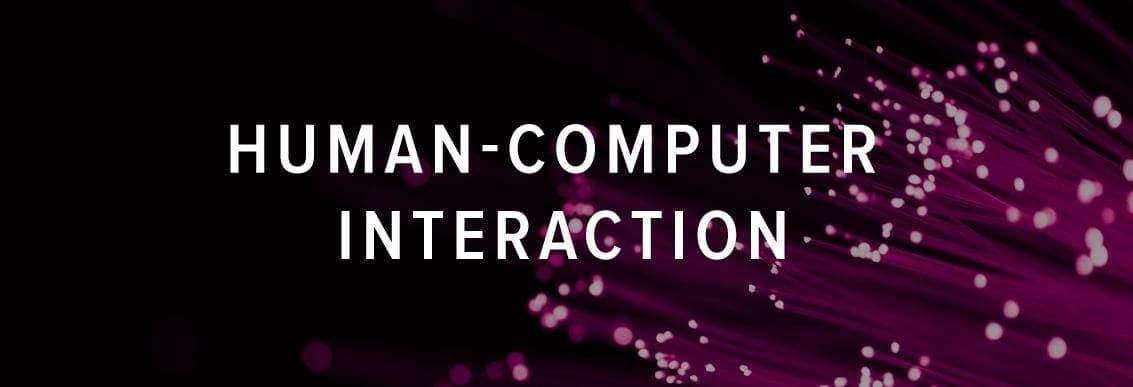Studying the theory of machine learning is only good if you put it into practice. In this post, you will find some ideas for machine learning project development that will allow you to showcase your skills.
Cool ML project ideas for beginners
I have collected some ML project ideas that can be easily implemented even by a beginner and help you get your first job or internship. I also included a link to a tutorial and a database for each project, so no more procrastinating! You have everything you need to start working on the project. Good luck!
Predictions with machine learning
_(1).jpg)
Machine learning is typically used for making predictions. Simple algorithms such as linear regression allow building an effective model without requiring too much effort. You only need to collect information to base your predictions on.
If you learn to apply regression to solving real tasks, you can build a simple predictor. Usually, beginners try to predict stock prices or, considering the current situation, the COVID spread rate. However, you can build a predictive model for basically anything from predicting currency fluctuations to forecasting precipitation.
Career tip: Are you interested in a particular field? If you want to work in finance, try to build a project like a stock prices predictor that showcases your abilities in this area. This will look more convincing for an employer and help you gain some knowledge about the industry.
Example: GammaStack is a customizable software for predicting sports results. It helps people betting on sports to maximize their profit. To make more comprehensive predictions, this software relies on more than just one regression algorithm.
Tutorial: This kernel on Kaggle will teach you to import data, read the dataset and apply regression algorithms to housing price prediction.
Sentiment analysis
_(1).jpg)
Sentiment analysis tries to uncover emotions in the text. By analyzing movie reviews, customer feedback, support tickets, companies may discover many interesting things. So learning how to build sentiment analysis models is quite a practical skill.
There is no need to collect the data yourself. To train and test your model, use the biggest open-source database for sentiment analysis created by IMDb.
Example: Brand24 is an AI-powered tool that allows companies to monitor their mentions on social media and assess opinion polarization.
Tutorial: This free course by Analytics Vidhya will teach you how to conduct sentiment analysis using Twitter.
Exploratory analysis
_(1).jpg)
History of search, transactions, images, and texts are all examples of unstructured data. When the amount of information is very large, humans become ineffective at analyzing it. Meanwhile, uncovering patterns in data with the help of ML and using those to draw conclusions can be a fascinating process.
Any data can be subject to exploratory analysis. When I was writing my bachelor thesis, I analyzed the oral speech of men and women in search of patterns. You might be interested in something else. If you like sports, for example, you can use historical data for different kinds of sports for many years to build a model that predicts how successful a player or team will be in the next season.
Example: With the help of exploratory analysis, banks have better chances to loan money to reliable candidates.
Tutorial: The YouTube course by Datacamp is for you if you want to learn how to analyze sports data using R.
Social media mining
_(1).jpg)
Social media mining can be considered a type of exploratory research but you use posts and reviews from different social networks like Facebook, Twitter, and LinkedIn instead. This process is intersectional: it may also involve sentiment analysis and anomaly detection.
For social media mining, you need to build an algorithm that can parse through enormous amounts of raw social media data and discover patterns and trends. Building one from scratch is not easy, but you can use Social Media Mining Toolkit as an aid.
This technology is extremely useful in marketing because it allows monitoring people’s likes and shares, their online behaviors, buying patterns, and opinions.
Example: Supermetrics is an instrument for marketers that allows them to discover hidden patterns in data taken from different resources: Facebook, Instagram, Google Analytics etc.
Tutorial: The University of Washington hosts a free course about social media mining available on Coursera.
Anomaly detection
_(1).jpg)
Anomaly detection systems help to uncover fraudulent or potentially harmful activities. If you are interested in cybersecurity, you should learn how to conduct anomaly detection in real-time to study suspicious transactions or search inquiries.
Anomaly detection is also often applied in healthcare settings. Use the breast cancer dataset to develop your first healthcare ML model aimed at improving medical diagnosis.
Example: Anodot is a product for business anomaly monitoring. It can detect and report suspicious activity in real-time enhancing the reliability of the systems.
Tutorial: This basic ML tutorial will teach you how to apply anomaly detection models to cancer detection.
Image recognition
_(1).jpg)
Building an image recognition system is easier than you think. Learning how to use artificial neural networks for real-life tasks is certainly useful. You can teach the computer to classify images, recognize faces, and find objects in the pictures.
To complete this task, you can use an already existing dataset of labeled images. ImageNet provides thousands of pictures for different topics.
A nice practice is also to use NNs to recognize handwritten digits. In that case, use MNIST that contains plenty of examples of handwritten digits.
Example: Noldus is a company that uses image recognition technology to read emotions. FaceReader automatically analyzes facial expressions and makes reports.
Tutorial: Stanford teaches a course on computer vision and image recognition. It’s available on Youtube.
3 ML projects for natural language processing
Natural language processing is the area of machine learning concerned with text analyses and computer speech synthesis. Making a computer understand human orders and act accordingly is a complicated task.
But beginners can make their first steps in NLP, for example, by writing a program that classifies documents by topic based on the keywords. This can be used for document searching or spam filtering.
I recommend using the archive of Enron letters, which is the largest available database of real emails.
Example: Siri, as we all know, is a smart assistant that is always at your service. It is able to process and understand human speech and help you with your requests.
Tutorial: Go to Coursera to access a free course by deeplearning.ai. You will use Naive Bayes, word vectors, ANN, and logistic regression for sentiment analysis, machine translation, and speech generation.
Human-computer interaction

Even a newbie can build a chatbot following a step-by-step tutorial. Nowadays every business wants to have their own chatbot to communicate with customers or help employees orient themselves in the knowledge base. So learning how to make them will definitely be useful in 2021.
You can search for chatbot datasets on Reddit or create your own knowledge base. In order to teach the chatbot to communicate, Twitter is traditionally used. Whether it’s a good idea is up to you – remember Microsoft’s Tay.
Example: ChatBot is a SaaS platform for businesses that allows them to build a chatbot for a company’s website without coding.
Tutorial: If you don’t want your chatbot to be racist or sexist, learn how to design feminist chatbots that promote peace and equality.
Recommendation system
_(1).jpg)
You can learn how to contribute to a personalized customer experience online by building a recommendation engine with the help of ML. Such systems are used by online shops, news portals and magazines, and content providers to keep the customers happy and motivate them to spend more money/time on their apps.
You may start by developing a recommender system for movies using the MovieLens dataset since it’s one of the largest publicly available datasets with ratings. Another good one is Youtube trending video stats. For more recommender datasets for different industries, go here.
Tip: Remember that public datasets usually do not allow commercial use. If you are planning to make a profit, always ask for written permission.
Example: Netflix’s Cinematch is believed to be one of the best recommendation systems out there. See it for yourself.
Tutorial: If you’re willing to learn more on recommender system design, follow Google’s crash course.
Human activity recognition via smartphone
.jpg)
Our smartphones are much more than just a communication tool. Tech companies are able to track your location, location change patterns, or even smartphone gyroscope or accelerometer data to tailor ads.
You can also use this data to build a fun project in the areas of fitness or healthcare.
Tutorial: Want to learn more about human activity recognition? This course will guide you through the process.
More inspiration for ML projects
Next year can be the year when you make exciting machine learning projects. The important thing is to start. For more inspiration, read other articles about ML and AI in our blog:








